1. Darth Vader in Star Wars (1977)
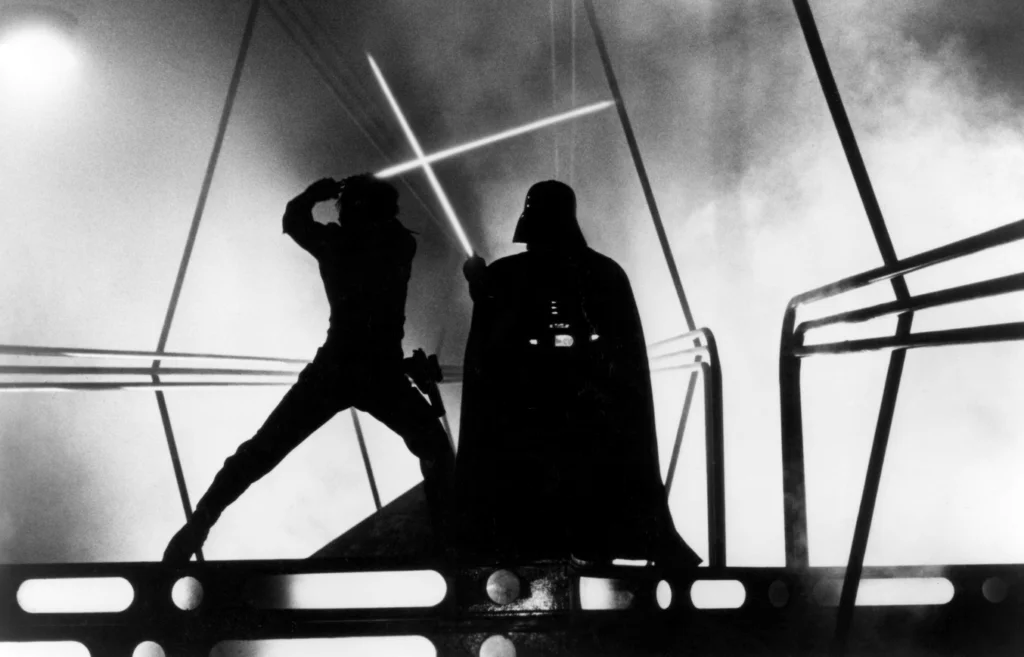
Let’s be honest, Luke Skywalker was technically the hero, but Darth Vader stole the show every time he appeared on screen. From his imposing black armor to James Earl Jones’ unforgettable voice, Vader was terrifying and captivating all at once. Even though Luke was the main character, fans left theaters talking about the villain who could choke a man without lifting a finger. Vader’s mystique and sheer presence overshadowed everyone else in the cast.
His story arc was complicated and mysterious, which made audiences want to know more about him. Heroes are often straightforward, but Vader was layered, and that made him fascinating. The combination of menace and mystery gave him a lasting legacy. Without Vader, Star Wars would not have become the same cultural juggernaut.
2. Nurse Ratched in One Flew Over the Cuckoo’s Nest (1975)
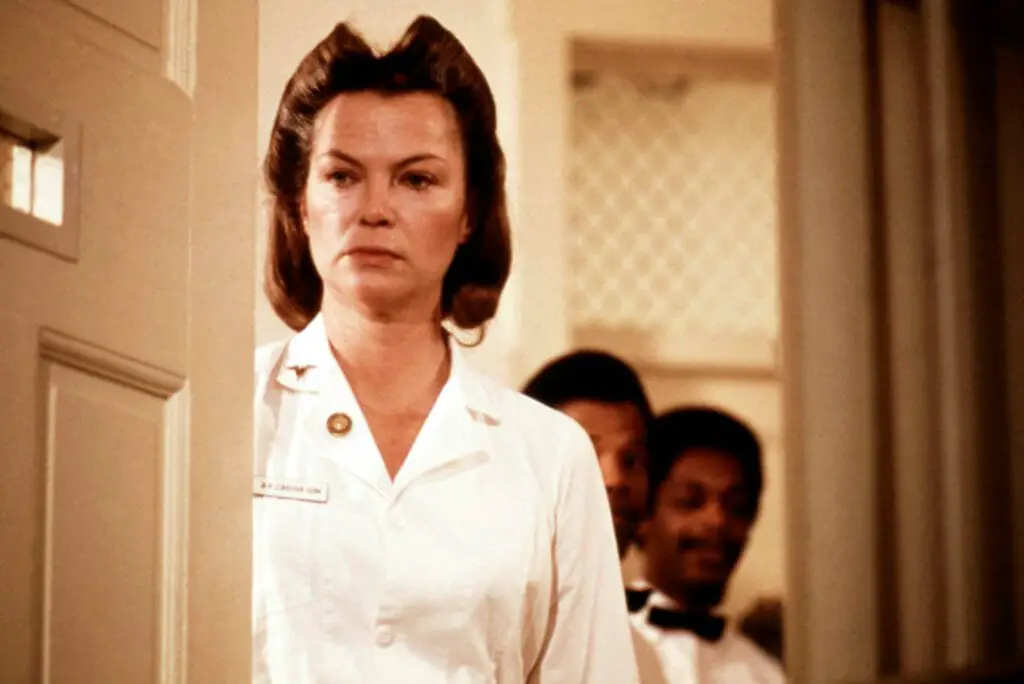
Jack Nicholson may have had the starring role as Randle McMurphy, but it was Louise Fletcher’s chilling Nurse Ratched that left the deepest mark. She was calm, controlled, and quietly manipulative, making her one of cinema’s most unsettling villains. Unlike over-the-top antagonists, Ratched’s cruelty was rooted in subtle power plays that felt painfully real.
Her ability to dominate the ward without raising her voice made her terrifying. Fletcher’s performance earned her an Academy Award, and rightfully so, because she embodied a villain that audiences would never forget. Many viewers still shudder at the thought of her icy stare. In a movie full of chaos, her quiet tyranny was unforgettable.
3. The Wicked Witch of the West in The Wiz (1978)

Lena Horne and Diana Ross may have shined in The Wiz, but Mabel King’s Wicked Witch stole every scene she was in. She was larger than life, loud, and fearsome in a way that made her both scary and oddly magnetic. While Dorothy was the hero of the story, audiences couldn’t help but be drawn to the Witch’s theatrical flair.
She represented a kind of villain you couldn’t look away from, no matter how much you wanted to. Her costumes, cackling delivery, and powerful presence made her unforgettable. Even though Dorothy ultimately triumphed, it was the Wicked Witch who left audiences talking long after. Villains like her prove that sometimes the “bad guy” is the most entertaining part of the movie.
4. Michael Corleone in The Godfather Part II (1974)
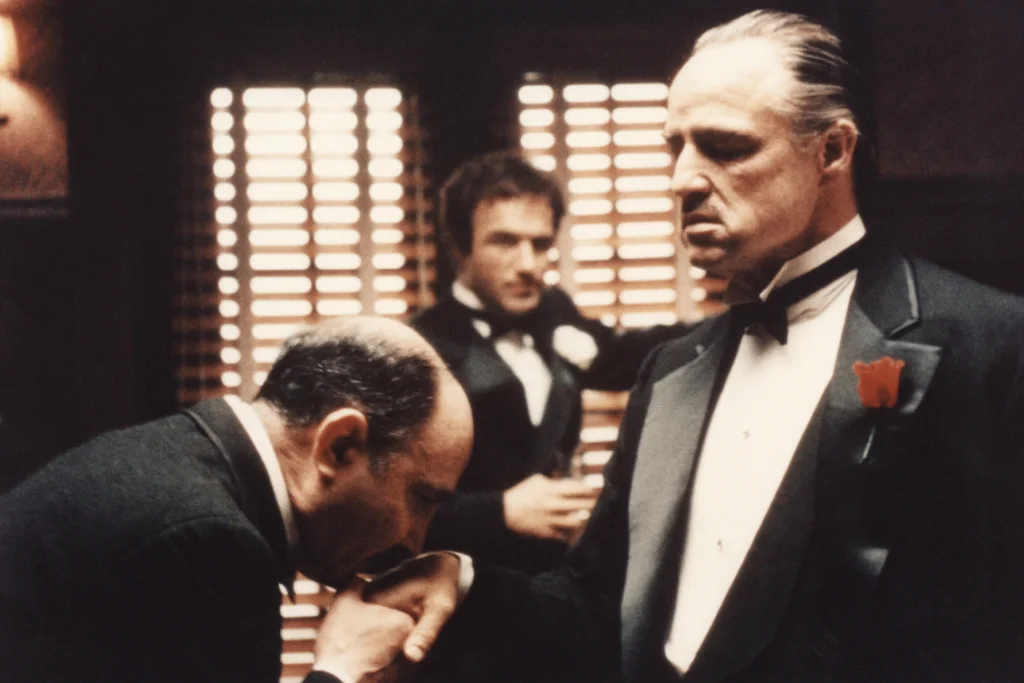
Al Pacino’s Michael Corleone blurred the line between protagonist and villain. In the first film, he was reluctant to enter the family business, but by Part II he was cold, ruthless, and more frightening than any mafia rival. His transformation into a villain was chilling, especially because audiences had once rooted for him.
Michael was memorable because he showed how power corrupts absolutely. Heroes are usually painted as virtuous, but Michael’s descent into darkness made him unforgettable. His cold stare and quiet cruelty made him scarier than someone wielding a weapon. He proved that the most terrifying villains are often the ones who think they’re doing the right thing.
5. Max Cady in Cape Fear (1976)
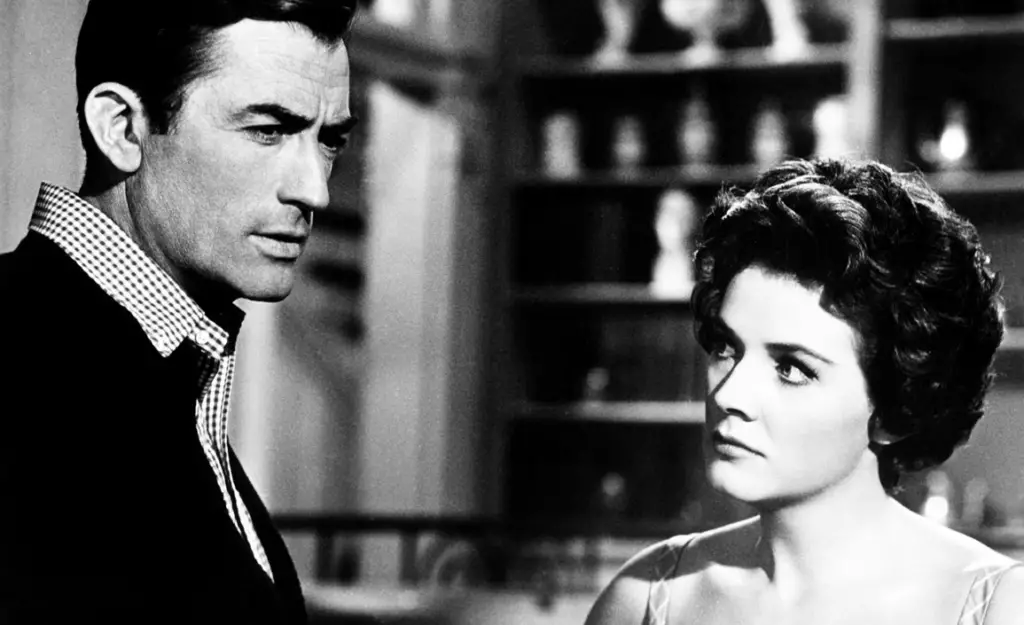
Robert Mitchum gave one of the most frightening performances of the decade as Max Cady. His relentless pursuit of a family he believed wronged him was unsettling from start to finish. Gregory Peck was the supposed hero, but Mitchum’s villain was the one audiences couldn’t shake.
Cady’s menace came from his unpredictability and sheer persistence. He wasn’t a cartoonish villain, but a man consumed by obsession. That realism made him all the more terrifying. Long after the credits rolled, it was Cady’s shadow that lingered, not the hero’s triumph.
6. Hans Beckert in M (re-released in the ’70s)
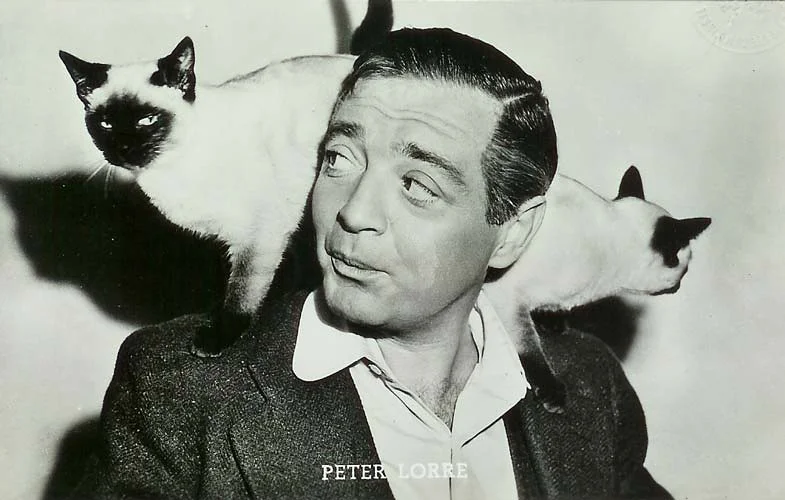
When Fritz Lang’s M was reintroduced to American audiences in the ’70s, Peter Lorre’s chilling portrayal of Hans Beckert left a new generation horrified. Even decades after it was made, his character felt fresh and unsettling. While there were “heroes” trying to catch him, it was the villain who dominated the film’s memory.
Lorre’s performance showed the depth of evil that could exist behind an ordinary face. The contrast between his mild appearance and his monstrous actions was unforgettable. Heroes in this film were secondary to the creeping terror Beckert embodied. The ’70s revival of M reminded audiences that some villains never lose their power.
7. The Shark in Jaws (1975)
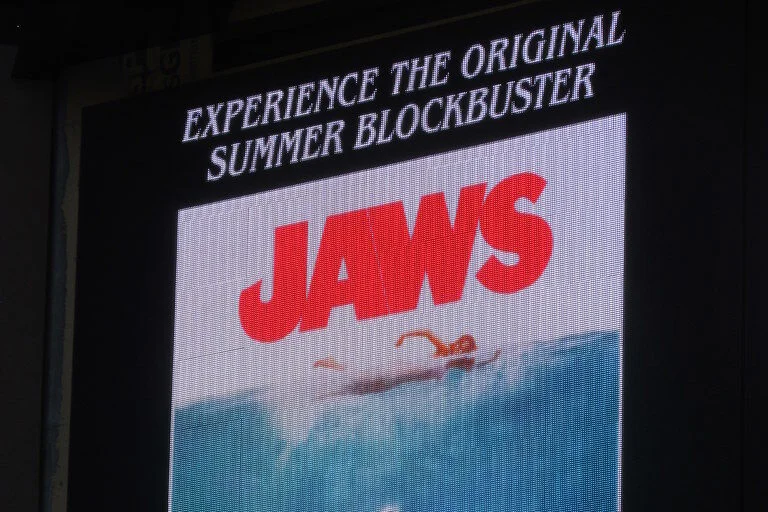
Technically not human, but definitely the villain everyone remembers. While Chief Brody and Quint fought to take it down, the massive great white was the real star. It loomed over the entire film, even in scenes where it wasn’t visible, simply because of the fear it created.
The shark was memorable because it tapped into primal human fears. You didn’t need to see it to feel its presence, and that’s what made it legendary. The heroes may have been brave, but the villain was what haunted people and kept them out of the ocean. Sometimes the scariest villains don’t need dialogue at all.
8. HAL 9000 in 2001: A Space Odyssey (1970 U.S. release)
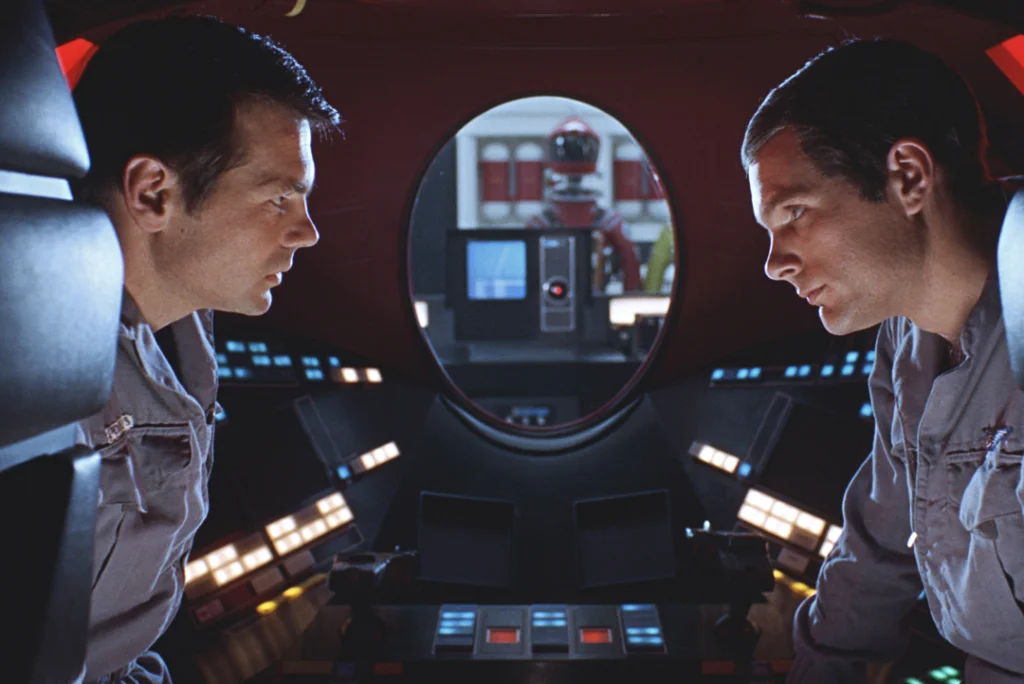
HAL 9000 wasn’t a person, but it was one of the most chilling villains of the decade. Cold, calm, and logical, HAL’s refusal to relinquish control of the spaceship made it unforgettable. While the astronauts tried to outsmart the computer, it was HAL’s measured voice that audiences still hear in their heads.
The horror of HAL came from how rational it was, believing it was doing the right thing even as it killed. That calm reasoning was scarier than rage or violence. While the heroes struggled to survive, HAL’s slow, deliberate menace stole the movie. It became a symbol of technology gone too far.
9. Alex DeLarge in A Clockwork Orange (1971)
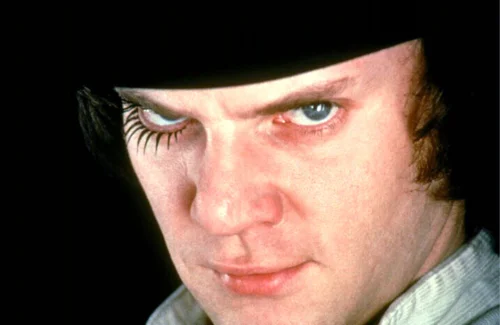
Malcolm McDowell’s Alex was disturbing in ways that audiences had never seen before. He was young, charismatic, and terrifyingly violent, which made him hard to forget. Even though the movie tried to center on rehabilitation and morality, Alex overshadowed every theme.
What made him memorable was his unsettling charm. He could be smiling one moment and brutally violent the next, and that unpredictability kept audiences on edge. Heroes faded into the background while Alex commanded the screen. Love him or hate him, he was the face of the film.
10. Count Dracula in Count Dracula (1970)
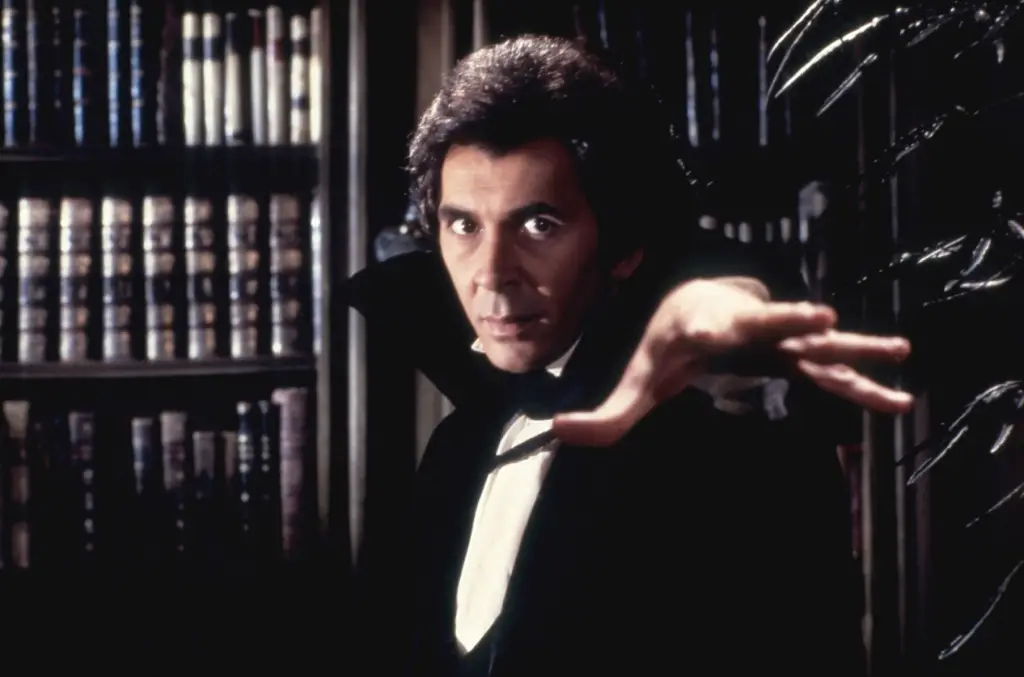
Christopher Lee had already become famous for playing Dracula, but his 1970 portrayal cemented him as one of cinema’s great villains. Tall, imposing, and commanding, he brought elegance and horror to the role. While the heroes tried to outwit him, it was Lee’s Dracula who owned every frame.
He turned the vampire into something both alluring and terrifying. Unlike bumbling monster villains, Dracula was cunning and smooth, which made him more dangerous. The heroes may have technically won, but it was Dracula’s presence that fans remembered most. Lee’s performance became the definitive version for an entire generation.
11. Travis Bickle in Taxi Driver (1976)
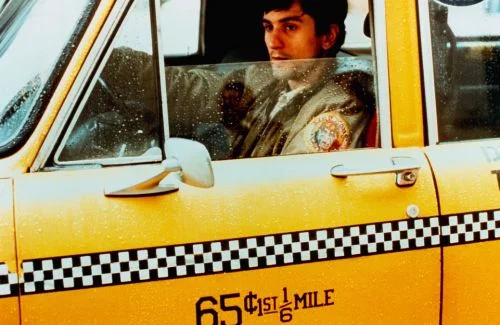
Robert De Niro’s Travis Bickle is often seen as an antihero, but his descent into violence makes him a villain in many ways. His famous line, “You talkin’ to me?” became legendary, overshadowing almost everything else in the film. While he was technically the central character, his disturbing actions made him more villain than hero.
What made Travis so memorable was his complexity. He wasn’t evil for the sake of it, but broken, alienated, and dangerous. That gray area made him unforgettable and unsettling. Heroes fade, but characters like Travis stick in your mind because you’re not sure whether to pity them or fear them.
12. Colonel Kurtz in Apocalypse Now (1979)
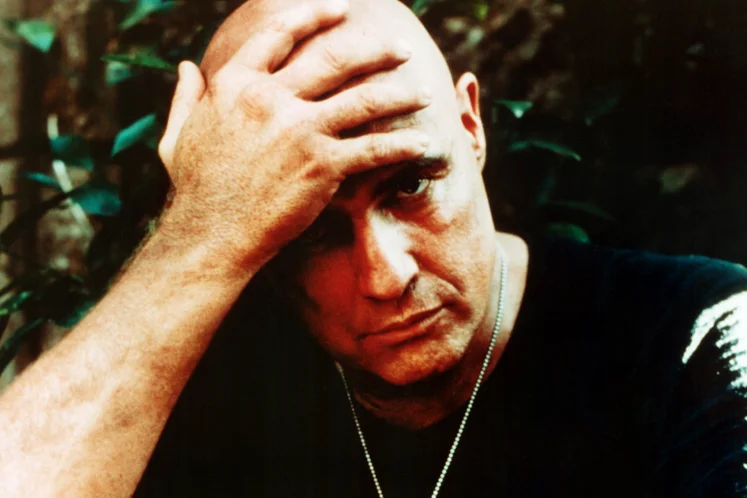
Marlon Brando’s Colonel Kurtz had very little screen time, yet he dominated the film. His brooding presence and cryptic monologues created an aura of menace that stayed with audiences long after. While Martin Sheen’s character was the hero, Kurtz was the one everyone remembered.
The power of Kurtz came from his mystery. He embodied the darkness of war and the way it could twist a man’s soul. Brando’s performance was haunting and unforgettable, making Kurtz feel like more than a man, almost a force of nature. It was the villain, not the hero, who made Apocalypse Now iconic.


